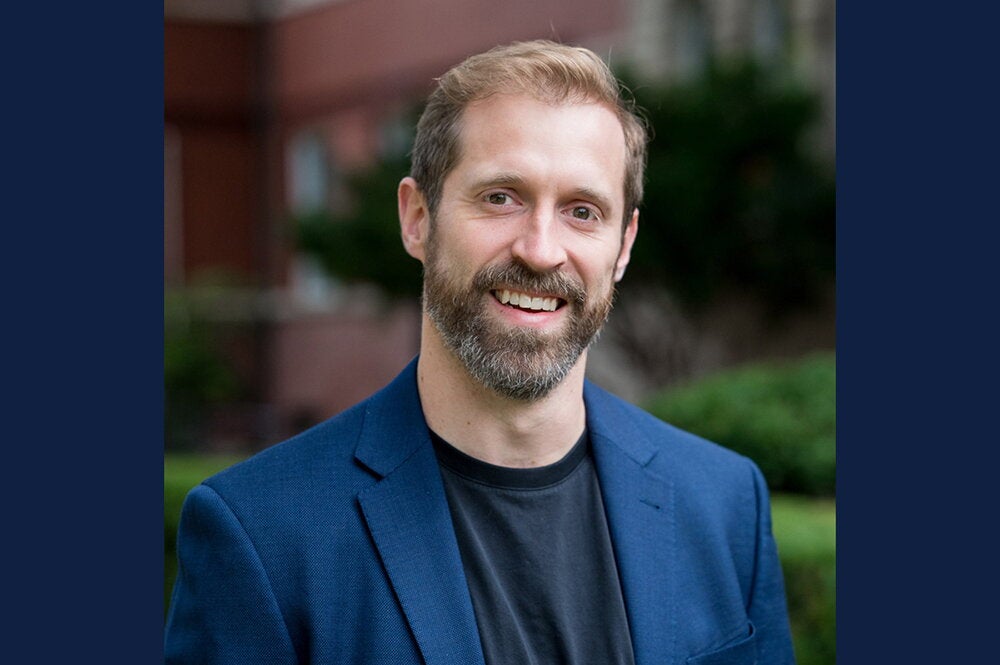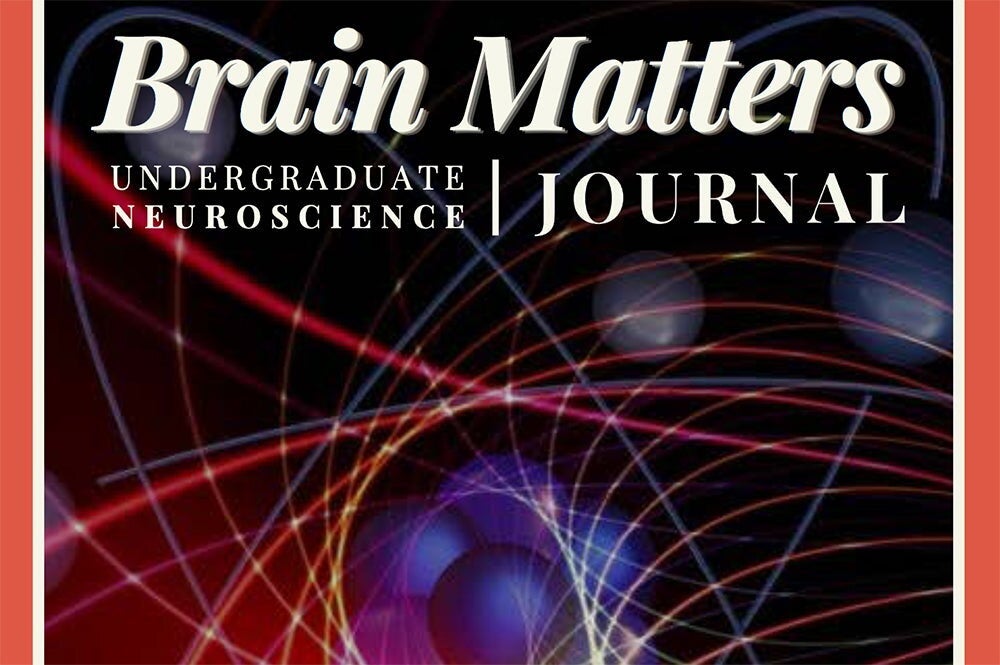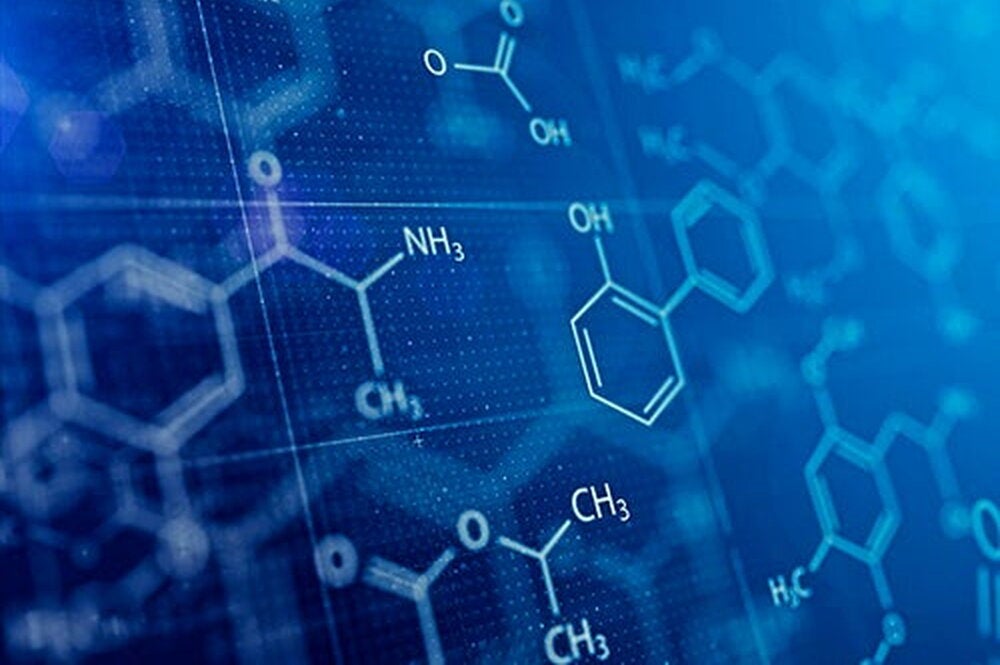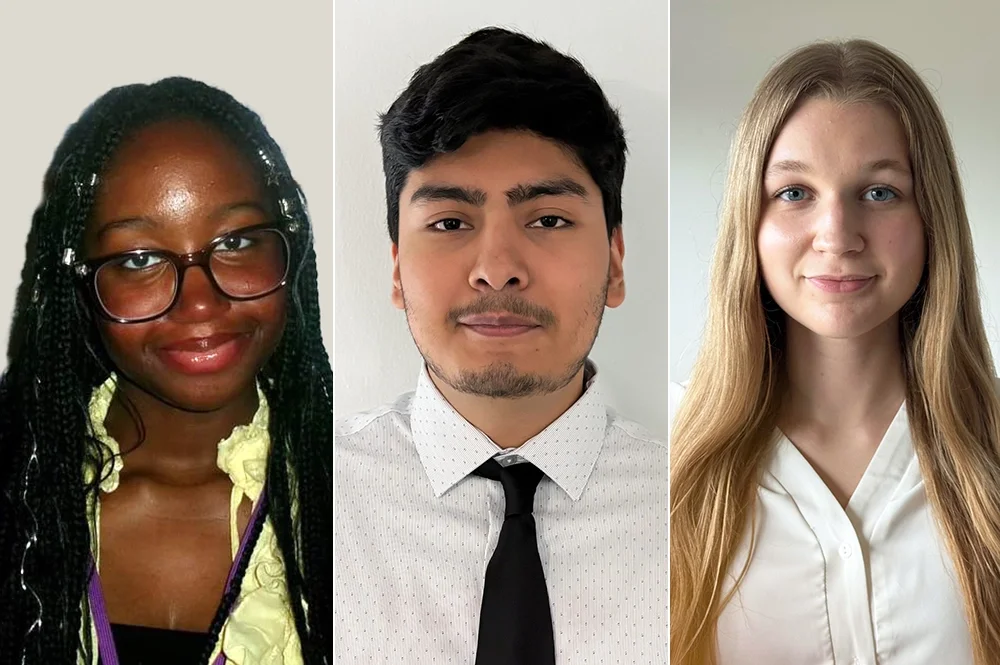
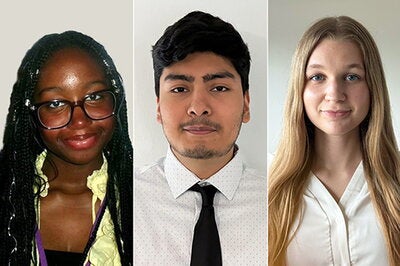
It’s not easy for students to stay on campus during the summer to do research, but it can also be a prime opportunity for them to develop their interests. The 2025 Student Research Showcase, hosted in August by the Department of Chemistry, highlighted some of the research that occurred during the summer along with the scholarships and donors who helped make it happen.
Three undergraduate students—Carlos Nava, Bolade Abiola-Fagba, and Viktoriya Zamkova—showcased their experiences during a virtual presentation about how they explored their individual passions and chemistry interests. They were among 28 undergraduate students who conducted research in chemistry labs this past summer.
Jordan Axelson, director of undergraduate studies and chemistry senior lecturer, emphasized the importance of undergraduate research opportunities. She once was a U of I undergraduate in chemistry who partook in similar research opportunities.
“As someone who also benefitted from scholarships that were generously given by donors, I would like to personally say I am eternally grateful for those opportunities that the scholarships provided to me,” Axelson said. “On behalf of our current students, I would like to extend that thanks to our alumni and all of you that are here today that have created funds that support these sorts of opportunities for our students like this valuable research experience.”
Nava, a rising senior, walked the audience through both his research and the impact of being in chemistry professor Lisa Olshanksy’s lab. Through the C2 Summer Scholars Program, Nava was able to study the impact of a substrate access channel on protein dynamics. Nava's project was designed to use computational methods and in-lab testing to assess protein binding.
He explained that from the welcoming environment provided by the Olshansky lab to the access to research tools, the experience was influential to him.
“Research helped me connect the ideas that I had been learning in the classroom and put them into action,” Nava explained. “But it also went the other way around. I learned some concepts in the lab first that I may or may not have learned in the classroom. It helped me expand the techniques that I can use in chemistry labs.”
Rising sophomore Abiola-Fagba showcased her work done with the Alleyne Bioinspiration Col-LAB-orative as part of the Chemistry Merit Program. Her work focused on the influence of brochosome geometry on nanomechanical durability.
Abiola-Fagba hopes to one day be a medical scientist or work in the pharmaceutical field and described research as a pathway to those goals. She studied the wings of leafhopper insects as possible models for the future design of superhydrophobic and anti-reflective surface designs. While her research taught her more about brochosomes, Abiola-Fagba explained that the work she has done has inspired her to want to continue her research.
Echoing a similar sentiment, rising sophomore Zamkova found that her research on semiquantitative cellular and subcellular analysis of protein expression in brain cells in chemistry professor Jonathon Sweedler’s lab inspired her to keep asking questions.
Through the merit program summer research scholarship, Zamkova explored aklaline phospate immunohistochemistry. The experience provided valuable insight on working in a lab setting.
“Research has really shown me that I enjoy chemistry and getting to see all of its different world applications,” Zamkova said. “This research has shown me that there is so much to still discover and that chemistry continues to allow us to explore the unknown.”
The students expressed gratitude to the sponsors and mentors who made their opportunities possible.
“Starting in the lab, I had only taken lab classes, and I didn’t have a ton of experience. I was only following my grad mentor—he would design the experiments, and I would do them,” Nava said. “Now I am starting to design my own projects and experiments day to day.”
Similar to Nava, Zamkova and Abiola-Fagba said that their time in the lab was also a time of personal growth as they became more comfortable using different tools and managing their time.
“The first time I ever did the experiment on my own from start to finish, I was so happy I called my parents,” Zamkova said. “It was so exciting.”
